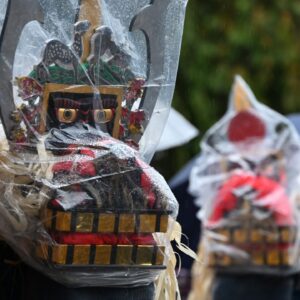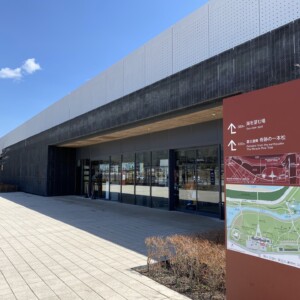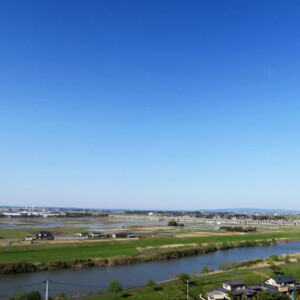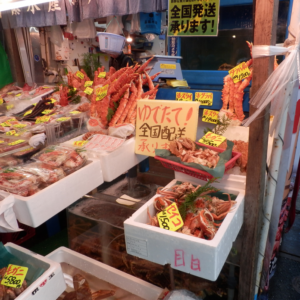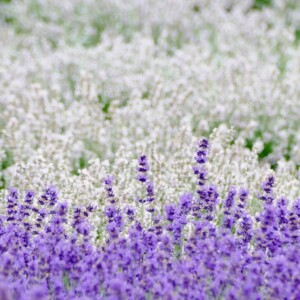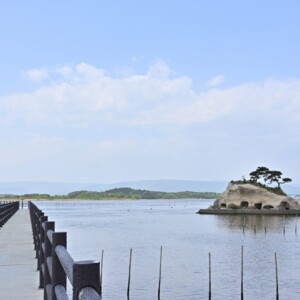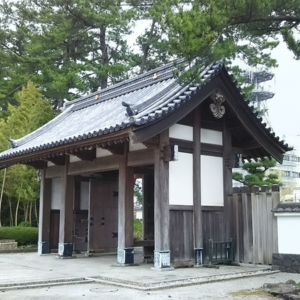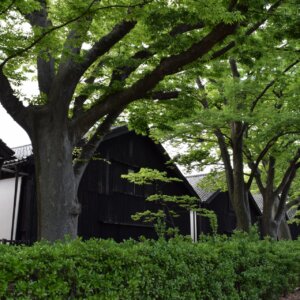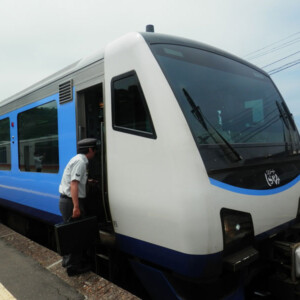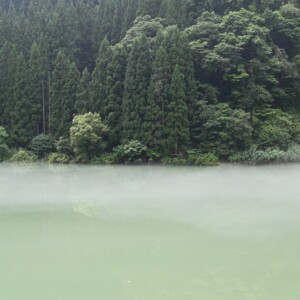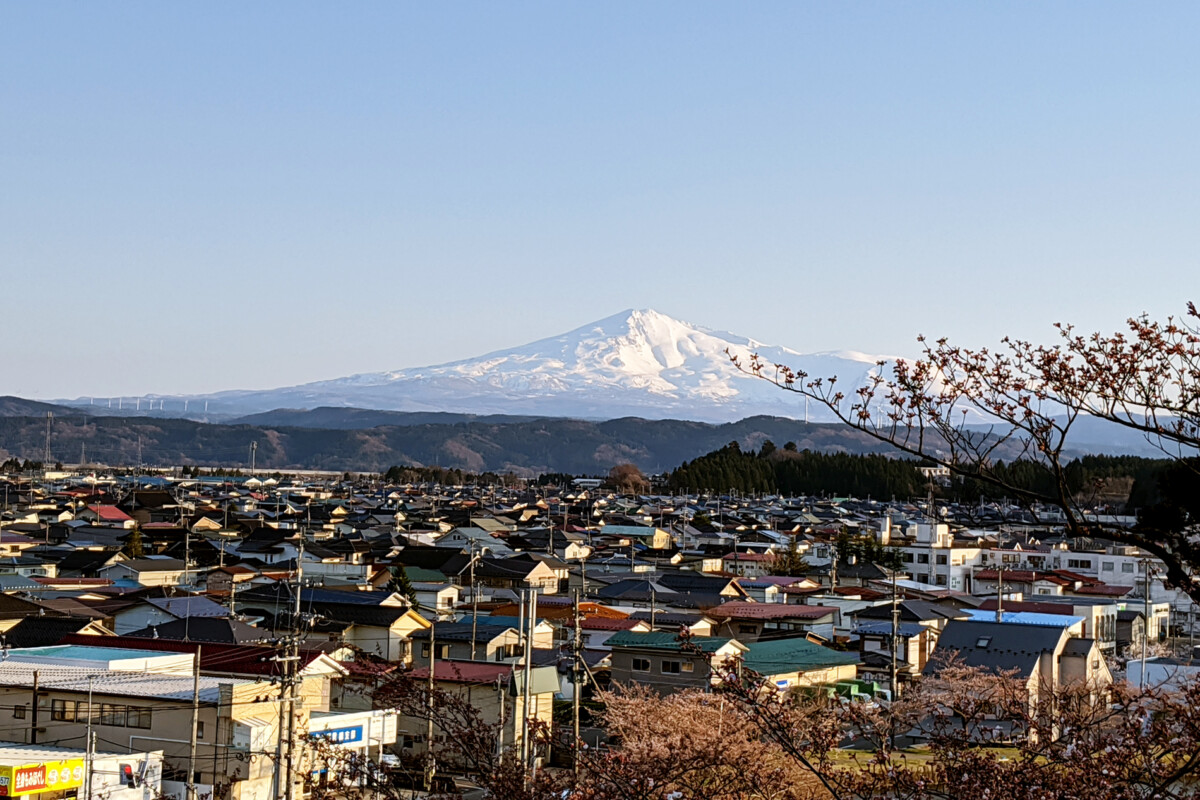
Yurihonjo City, where Honjo, Kameda and Yajima domains were intersected between the Kubota and Shonai domains [Akita Prefecture]
table of contents
- 1 Until the Edo period, the areas of Yamagata and Akita prefectures were treated as one country.
- 2 During the Sengoku period, the Yuri region was ruled by more than 10 small powerful clans.
- 3 During the Edo period, three feudal domains were established in the Yuri region, which was not very large in area.
- 4 Yuri County is said to have been named because it was a village of lilies.
- 5 After the fall of the Mogami clan, four clans were established in Yuri County, including the Nikaho clan.
- 6 Three Yuri domains where local feudal lords who were not native to the area were appointed by order of the Edo shogunate.
- 7 The Rokugo clan ruled until the end of the Edo period and was the most prosperous Honjo domain in Yuri.
- 8 The Kameda clan was given 20,000 koku and was ruled by the Iwaki clan until the end of the Edo period.
- 9 The Ikoma clan's Yajima domain was relocated from Sanuki due to problems and its stone was reduced.
- 10 The Boshin War, in which Kubota clan fought against the rebel forces on the side of the new government
Until the Edo period, the areas of Yamagata and Akita prefectures were treated as one country.
Yurihonjo City Mt. Chokai (2,236m above sea level) , which towers on the prefectural border with Yamagata Prefecture , and is a local government that together with Nikaho City constituted Yuri District in Akita Prefecture.
Yuri District, Akita Prefecture, was founded in 1871 (Meiji 4), and there were many towns and villages since the Edo period, but in 2005 (Heisei 17), Yurihonjo City and Nikaho City were born due to a merger.
Around 710 during the Asuka period, the area that almost combines Akita and Yamagata prefectures today was designated Dewa Province.
Dewa Province was treated as a country from then on to the Edo period, and was first divided into two countries, Umae Province and Ugo Province in 1868, when the Meiji period began.
Umae Province is currently mostly in Yamagata Prefecture, and Ugo Province is Akita Prefecture. In 1871 (Meiji 4), Ugo Province officially became Akita Prefecture, and in 1876 (Meiji 9), Umae Province officially became Yamagata Prefecture.
During the Sengoku period, the Yuri region was ruled by more than 10 small powerful clans.
Yuri County, where Yurihonjo City is located, changed their rulers, including the Abe, Kiyohara, and Fujiwara clans, which had power in the Mutsu Province until the Heian period, but after the Fujiwara clan was destroyed by Minamoto Yoritomo and entered the Kamakura period, a time when small-scale powerful clans were swayed.
The Oi clan of Shinano Province (Nagano Prefecture) temporarily entered Yuri County under the orders of the shogunate, but from the end of the Kamakura period, the era of war once again entered the era of war.
In the middle of the Muromachi period, when the Onin Rebellion began (1467-1477), the "Twelve Yuri" began to emerge.
The "Twelve Yuri" were the Nikaho clan, Koyoshi clan, Kataho clan, Takizawa clan, Yajima clan, Toumai clan, Shimomura clan, Ishizawa clan, Utetsu clan, Akaozu clan, Hanegawa clan, Iwaya clan, Ayukawa clan, and Serida clan, and there were actually more than 12 clans.
The era in which the "Twelve Yuri" ruled Yuri County while fighting for power continued until the end of the Sengoku period.
During the Edo period, three feudal domains were established in the Yuri region, which was not very large in area.
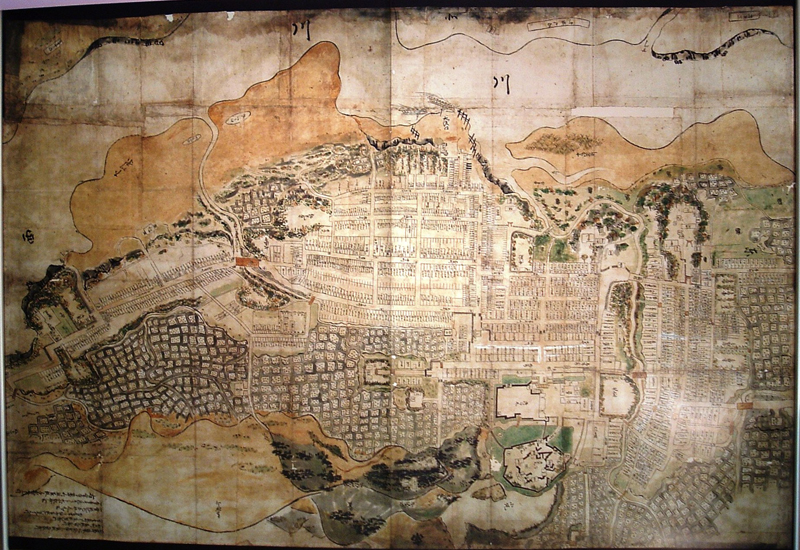
During the Edo period, the Mogami clan of the Yamagata Domain, which currently ruled the Yamagata Prefecture area, became the lord of Yuri County.
However, in the early Edo period, the Mogami clan was subjected to a major punishment by the Edo Shogunate in 1622 due to an internal conflict (the Mogami incident) surrounding the head of the family.
In Yuri County, which was separated from the control of the Mogami clan, three small domains were established: the Honjo Domain, the Kameda Domain, and the Yashima Domain, and the three domains continued until the end of the Edo period. In 1871 (Meiji 4) after the Meiji Restoration, the three domains became Honjo Prefecture, Kameda Prefecture, and Yajima Prefecture, but these three prefectures were quickly incorporated into Akita Prefecture.
Yuri County is said to have been named because it was a village of lilies.
"Yuri" in the name of Yurihonjo City comes from the name of a county designated during the Asuka period.
In ancient documents of the time, the notation, such as "yuri", "yuri", and "yuri", appeared in a variety of ways, but it is certainly pronounced "yuri". It is said that the Genroku period of the Edo period was unified with the present ``Yuri.''
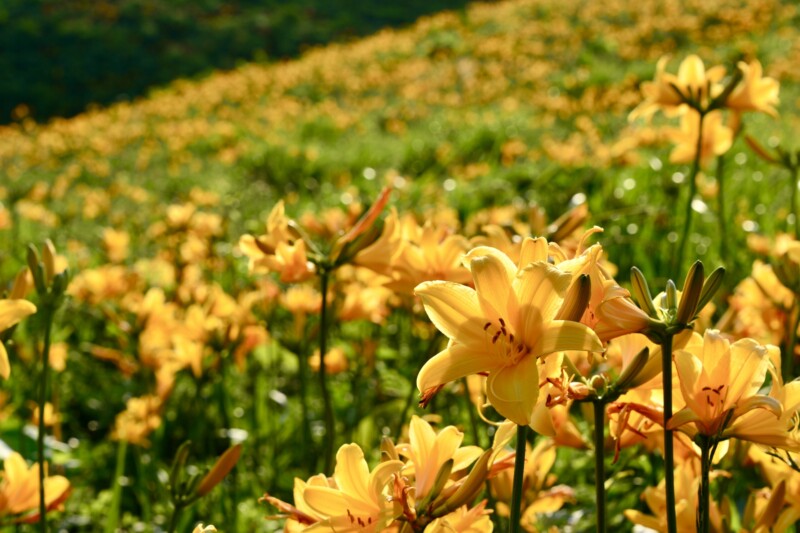
What was the reason why this region was called "Yuri"? Mount Chokai, which towers south of Yurihonjo City, is home to a large community of the lily family, a flower of the lily family.
On Tobishima (Sakata City, Yamagata Prefecture), which floats off Mount Chokai, a type of lily called the Tobishima licorice, which grows wild only on Tobishima and Sado Island (Niigata Prefecture), will decorate the island in early summer.
Considering this, it is natural to believe that lilies were naturally grown in the foothills of Mt. Chokai, and there is a strong theory that the county was also named "Yuri."
After the fall of the Mogami clan, four clans were established in Yuri County, including the Nikaho clan.
During the Edo period, the fall of the Mogami clan was born in Yuri County, with the Honjo Domain, Kameda Domain, and Yajima Domain, as well as the Nigaho Domain in the Nikaho City area, known for its Kisakata.
However, the first lord of the domain died less than a year later, and the Nigaho domain was abolished, and most of its territory became the Shogunate territory, and then became the territory of the Shonai domain.
How did the three clans that make up Yurihonjo City come into existence?
During the Battle of Sekigahara (1600), when the Eastern Army led by Tokugawa Ieyasu and the Western Army united in the anti-Tokugawa region fought in the battle for hegemony after Toyotomi Hideyoshi's death, the powerful clans of Yuri County were generally on the Tokugawa side, but were not very active.
The battle ended with the victory of the Tokugawa side, and Yurise was deemed dishonest for his dishonesty, and many of his territory were confiscated. Yuri County, where the Yuri faction was left, became the territory of the Mogami clan, which had high military success, and Tateoka Mitsushige (Tateoka Mitsushige/Honjo Michishige) was appointed as the leader of the county.
However, in 1622, their territory was confiscated due to the Mogami Rebellion (Mogami clan reform), and the Mogami family was reduced from 570,000 koku to 10,000 koku and moved to Omi Omori (Higashiomi City, Shiga Prefecture). Naturally, Mitsushige was also dismissed.
Three Yuri domains where local feudal lords who were not native to the area were appointed by order of the Edo shogunate.
After the fall of the Mogami clan, many domains were created by daimyos such as Torii Tadamasa (Yamagata Domain/Yamagata Domain/Yamagata City/Yamagata Prefecture), Sakai Tadakatsu (Shonai Domain/Tsuruoka City/Sata City/Yamagata Prefecture), and Tozawa Masamori/Shinjo Domain/Shinjo City/Yamagata Prefecture).
In Yuri District, the Honjo district (central Yurihonjo city) was formed by Rokugo Masanori from Hitachi Province, and the Kameda district (northern Yurihonjo city) was formed by Iwaki Yoshitaka from Shinano Province, establishing the Honjo and Kameda domains.
In the Yajima area (southern Yurihonjo City), a powerful clan called the Uchikoshi clan, which was ranked as twelve Yuri horses, returned as lords, and later the Ikoma clan came from Sanuki Province.
The Rokugo clan ruled until the end of the Edo period and was the most prosperous Honjo domain in Yuri.
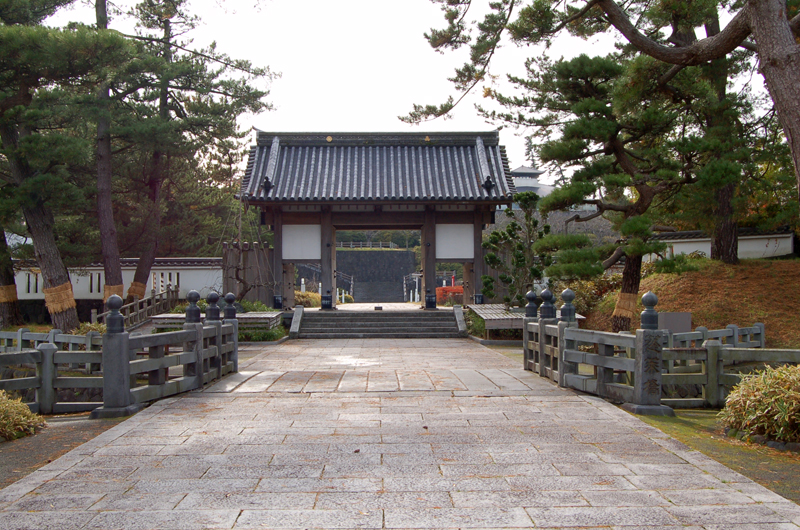
The Honjo Domain was located in the area that occupied the central part of Yurihonjo City, and now has a city hall and developed as the city center.
Honjo Castle (Tsurumai Castle) has been developed as Honjo Park, and Ugo Honjo Station on the JP Uetsu Main Line is also the starting point of the Yuri Kogen Railway Chokaisan Roku Line.
In the Edo period, Mitsushige Tateoka, who was dispatched from the Mogami clan, built a castle on the south bank of the Koyoshi River, which was a key point of transportation, and called himself Honjosara as the feudal lord. However, in 1622, due to the Mogami Rebellion, Mitsushige was dismissed and Honjo Castle was demolished.
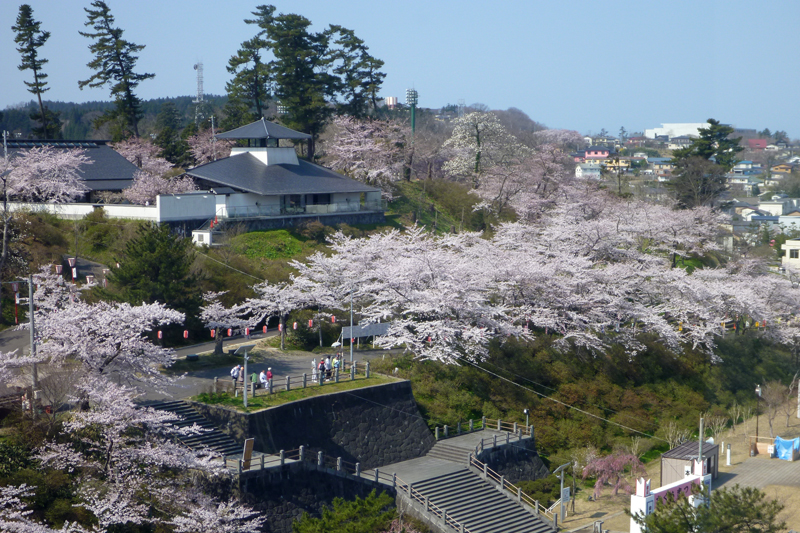
The following year, in 1623, Rokugo Masayoshi, the Hitachi Fuchu Domain (10,000 koku) of the Hitachi Fuchu Domain (Ishioka City, Ibaraki Prefecture/later Ishioka Domain), increased to 20,000 koku, and moved to Honjo Domain, establishing the Honjo Domain.
Masayoshi restored Honjo Castle and made it his residence, and then the Rokugo clan spent 11 generations as the lord of the Honjo Domain until the Meiji Restoration.
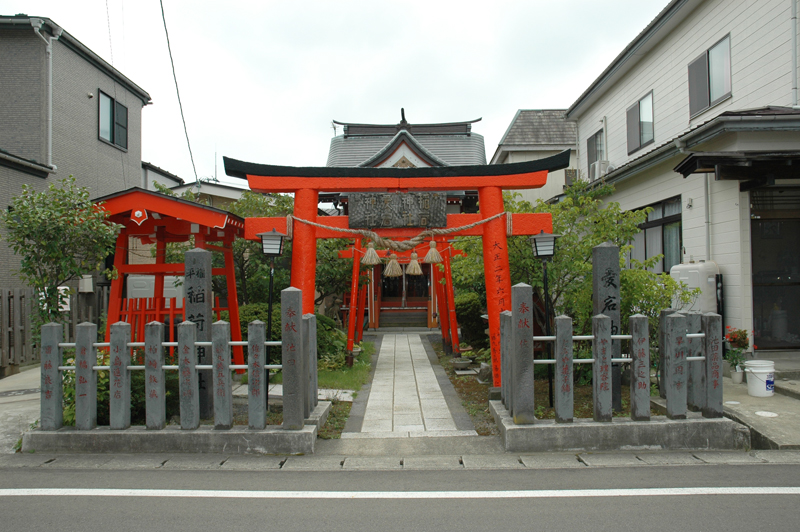
A port (Furuyuki Minato) was established in Furuyuki (Furuyuki/Furuyuki-cho, Yurihonjo City) along the Koyoshi River, which flows into the Sea of Japan, and Kitamae-bune, a cruise ship traveling between Osaka, Tohoku, and Hokkaido, came to stop there. , flourished greatly.
Honjo Castle Ruins/Honjo Park <Information>
- Facility name: Honjo Castle Ruins/Honjo Park
- Location: Ozaki, Yurihonjo City, Akita Prefecture
- Phone number: 0184-24-6376 (Yurihonjo City Tourism Culture and Sports Department Tourism Promotion Division)
- Freedom to stroll
- URL: Honjo Castle Ruins/Honjo Park
- access:
- Railway/Approximately 18 minutes walk from Ugohonjo Station on the Uetsu Main Line
- Car: Approximately 7 minutes from Honjo IC on the Nihonkai-Tohoku Expressway
Google Map
The Kameda clan was given 20,000 koku and was ruled by the Iwaki clan until the end of the Edo period.

In 1623, Iwaki Yoshitaka, the Matsushiro Domain of the River Nakajima Island in Shinano Province, moved to Kameda, and was given 20,000 koku, to be founded.
The Iwaki clan built Kameda Castle and worked as the lord of Kameda for 13 generations until the Meiji Restoration. The Kameda Domain is located on the north side of the Koyoshi River, and the Iwaki Minato along the river was very lively on Kitamae Ship along with the Furuyuki Minato of the Honjo Domain on the opposite bank.
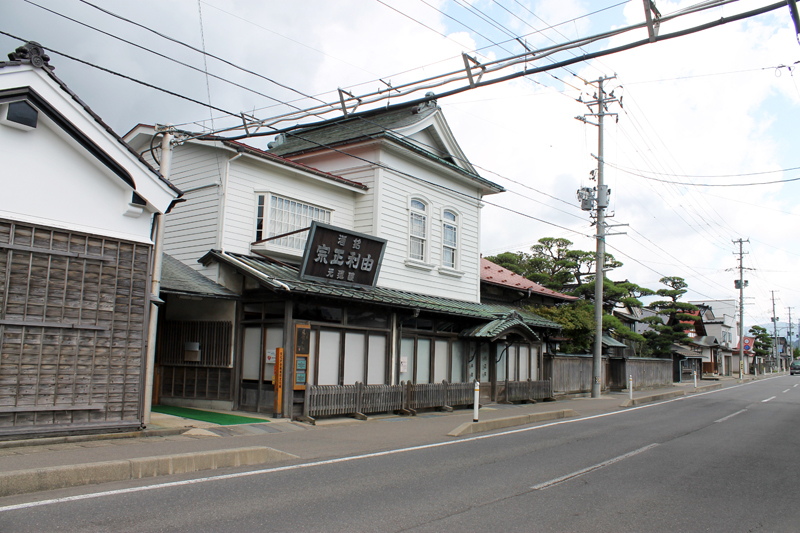
In 1626, Yoshitaka Iwaki was adopted by his uncle Yoshinobu Satake, the first lord of the Kubota domain, and changed his name to Yoshitaka Satake. After Yoshinobu's death, he became the second lord of the domain and solidified the foundation of the Kubota domain.
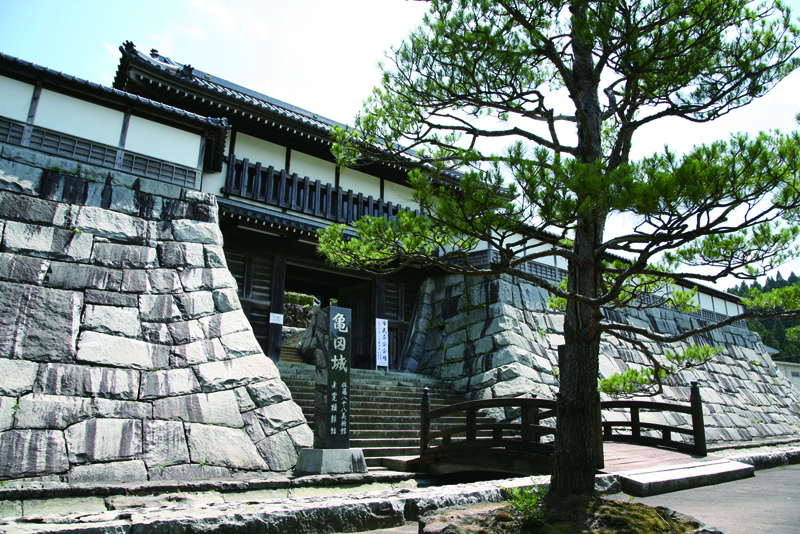
Kameda Castle Ruins <Information>
- Facility name: Kameda Castle Sato 88 Museum
- Address: Takagi 4, Iwaki Shimojada, Yurihonjo City, Akita Prefecture
- Phone number: 0184-74-2500
- Opening hours: 9:00-17:00 (until 16:00 from November to February)
- Closed: Mondays (the next day if Monday is a public holiday), December 28th to January 3rd
- Admission fee: General 210 yen, free for students etc.
- URL: Kameda Castle Sato Eighty-Eight Museum
- access:
- Railway/About 20 minutes walk from JR Uetsu Main Line Ugo-Kameda Station
- Car: Approximately 4 minutes from Nihonkai-Tohoku Expressway Matsugasaki-Kameda IC
Google Map
The Ikoma clan's Yajima domain was relocated from Sanuki due to problems and its stone was reduced.

The Yajima domain is located in the southern part of Yuri District, bordering the Honjo domain to the north and the Shonai domain to the south at the foot of Mt. Chokai.
During the Warring States period, the Oi clan (Yajima clan) built and controlled Yamori Castle (Yajima Castle) In the Edo period, it became under the control of the Mogami clan, and after the Mogami clan was reformed in 1623, one of the twelve Yuri heads, Utetsu Mitsutaka, became the lord.
However, only two generations were lords of the Uchikoshi clan, and it is not well known until the Ikoma clan entered the castle from the Takamatsu clan (Kagawa Prefecture) in 1660.
The Ikoma clan was the lord of the Takamatsu domain with an income of 170,000 koku, but in 1640, during the era of the third lord, Takatoshi, they were unable to control conflicts between their vassals, and their entire territory was confiscated by the shogunate. Masu. Instead, Yajima was relocated and given 10,000 koku as compensation for his suffering.
After Takatoshi's death, Yajima 10,000 koku was divided into two children, and Takakiyo, who succeeded the domain for 8,000 koku, was disqualified from the principle that more than 10,000 koku could become lords, and was disqualified from his qualifications as a lord of the domain.
After the high definition, the Ikoma clan was demoted to the formality of being replaced by a substituted party, and until it was revived during the Meiji Restoration, it remained in an incomprehensible state of being a lord but not a feudal lord.
A replacement-yori is similar to the Fudai Daimyo, who is allowed to live in a territory and must also perform sankin-kota.
During the Meiji Restoration, the Ikoma domain was finally revived with permission from the new government, but after only three years, the domain was abolished and the prefecture was established, and the Yajima domain disappeared.
Yamori Castle (Yajima Castle) Site <Information>
- Facility name: Yashima Shrine
- Location: 3 Yamori, Jonai, Yajima-cho, Yurihonjo City, Akita Prefecture
- Phone number: 0184-56-2141 (Yashima Shrine)
- URL: Yamori Castle (Yajima Castle) Ruins
- access:
- Railway/About a minute walk from Yajima Station on the Yuri Kogen Railway Chokai Sanroku Line
- Car: Approximately 30 minutes from Honjo IC on the Nihonkai-Tohoku Expressway
Google Map
The Boshin War, in which Kubota clan fought against the rebel forces on the side of the new government
, the Boshin War broke out, in which the new government and the opposing forces decided on gender
Initially, the various domains, which added Mutsu and Dewa Provinces to Echigo Province (Niigata Prefecture), formed the Ouetsu Domain Alliance, and showed a thorough fight against the new government. However, the Kubota clan left the alliance and ended up facing the alliance forces.
The three Yuri domains also joined the alliance, but all three domains agreed with the Kubota domain and left the alliance.
After his departure, he was hit by the Shonai and Nanbu domains, including the Kubota domain, allied in the Shonai domain and the Nanbu domain, and all three domains suffered severe damage.
The Honjo Domain was the Honjo Castle and the Yajima Domain retreated by setting fire to the Jinya itself, and the Kameda Domain surrendered and joined the Allied Army, so Yuri was almost occupied by the Allied Army.
However, after learning of this plight, the new government forces set out a major offensive against the allied forces, improving the situation of the war. In the end, the new government forces won, and the three Yuri clans were revived, and they became part of Ugo Province (Akita Prefecture).


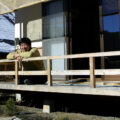

![[Chokaisan and Tobishima Geopark: Yurihonjo Edition] A strata from when Japan was the Eurasian continent can be seen B5C46A18BC0CC0CC0E9AD08084EAA5B](https://jp.neft.asia/wp-content/uploads/2024/04/b5c46a18bc0cc79de0e9ad08084eaa5b-150x150.jpg)
![[First] Sugae Masumi walked in Oga Peninsula - Sankaze Mountain and the Head Mountains of Faith [Akita Prefecture] 1. Group of strange rocks_Akikaze_Archives](https://jp.neft.asia/wp-content/uploads/2024/10/af533a619304de93bb8c3974f774074e-150x150.jpg)
![[Chokaisan and Tobishima Geopark: Yusa and Sakata Edition] Shonai Hirano is moist with the blessings of Mt. Chokaisan b5339749745ac9c7a01a8bb8dc81755e](https://jp.neft.asia/wp-content/uploads/2023/05/b5339749745ac9c7a01a8bb8dc81755e-150x150.jpg)
!["Honkai Lion Dance Banraku" is a folk entertainment that has been handed down for 400 years [Yurihonjo City, Akita Prefecture] 5 Great Sea Lion Dance](https://jp.neft.asia/wp-content/uploads/2025/03/0215ff7aa0e94eddc6dff8713d12e83b-150x150.jpg)
![Hot springs gush out in a place where there are no volcanoes! "Yuzawa Geopark" where you can see the mystery of the earth up close [Akita Prefecture] 4550228_m](https://jp.neft.asia/wp-content/uploads/2023/02/4550228_m-150x150.jpg)
![The popular game "Matagi" started in Kitaakita City! [Akita Prefecture] matagi](https://jp.neft.asia/wp-content/uploads/2024/04/matagi-150x150.jpg)
![Why do Nama balds take knives to tempt people - Oga Peninsula and the Legend of the Demon (1) [Akita Prefecture] New Year's Eve Event 001 @OGA City](https://jp.neft.asia/wp-content/uploads/2024/10/00bf8a32651033edd1191ba2d04c6f61-150x150.jpg)
![Akita Cedar, which has been close to people's lives since ancient times, is a close look at the reasons and secrets [Akita Prefecture] Ninfu Mizusawa Cedar Rare Population Protection Forest (Noshiro City, Akita Prefecture)_Travel Tohoku](https://jp.neft.asia/wp-content/uploads/2025/05/792bcbe7d9fd514753f4deeaca3de33f-150x150.jpg)
